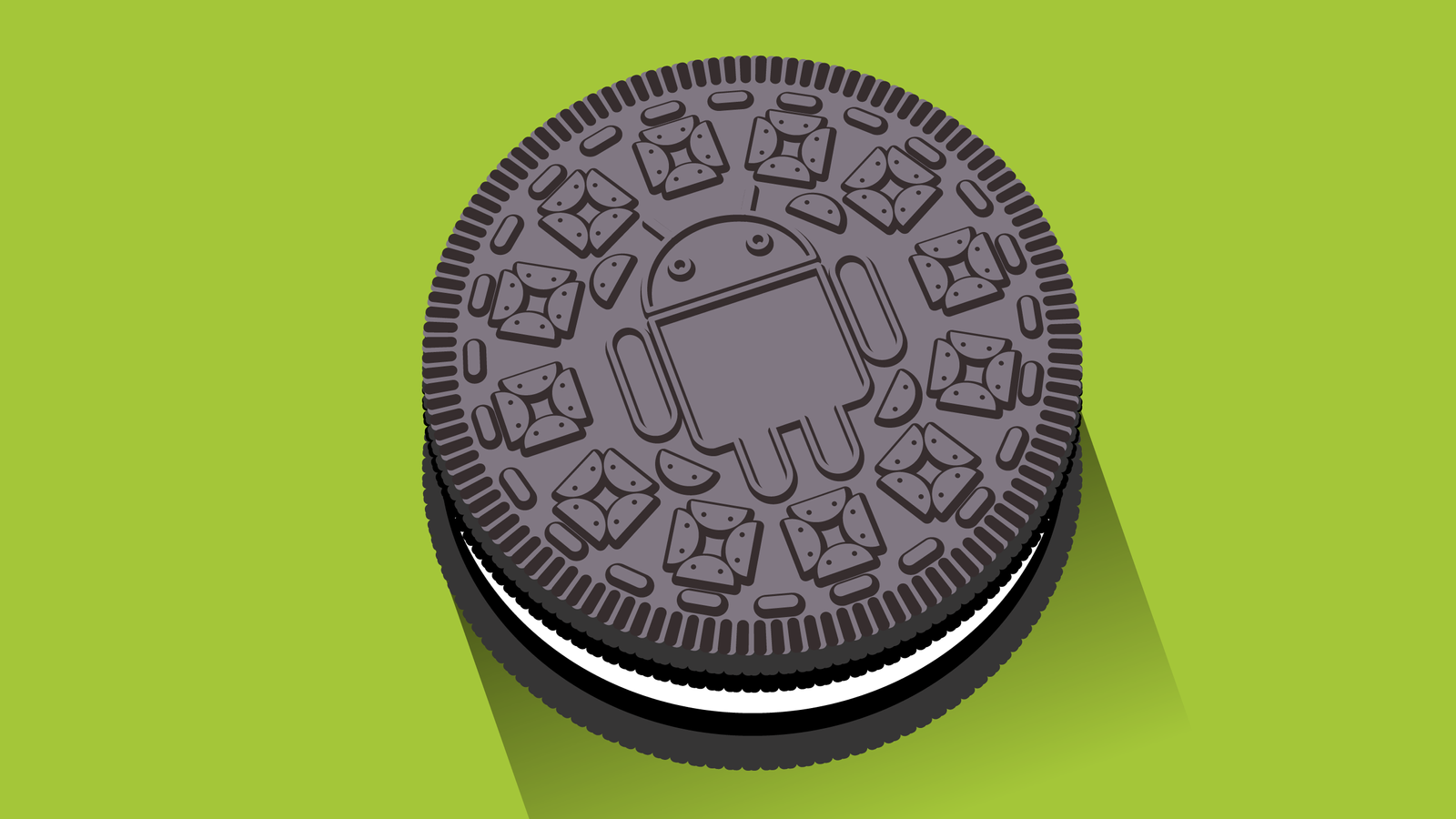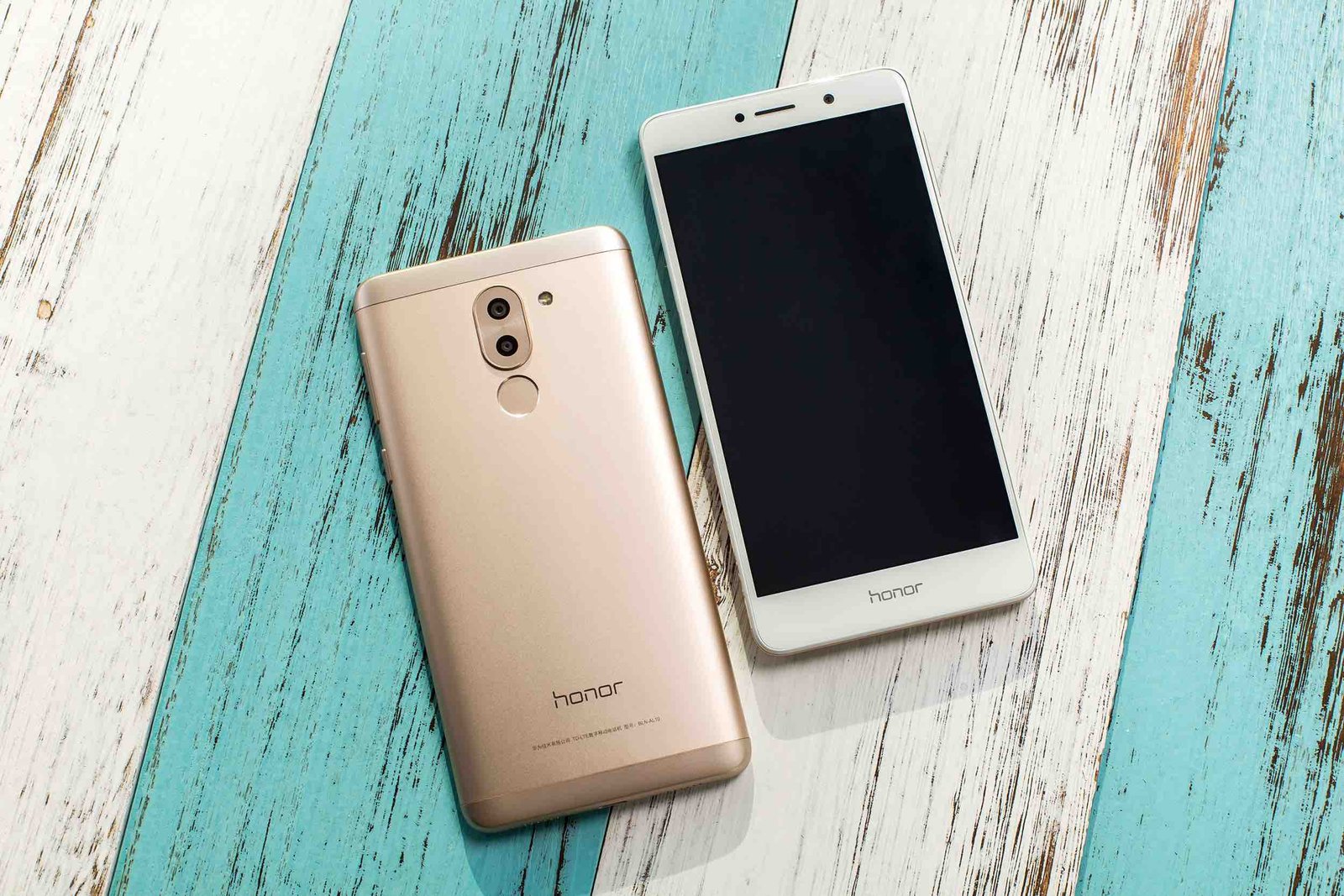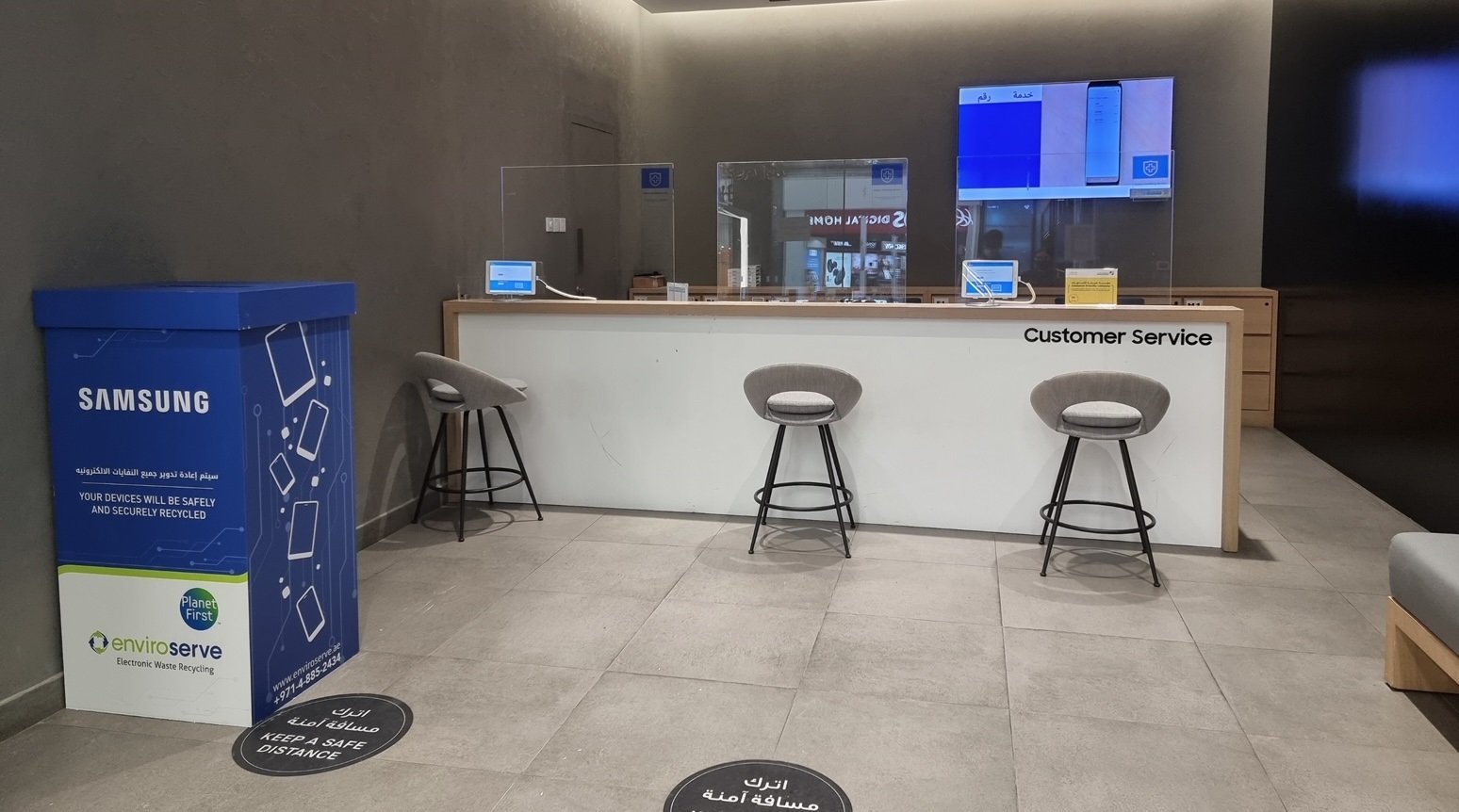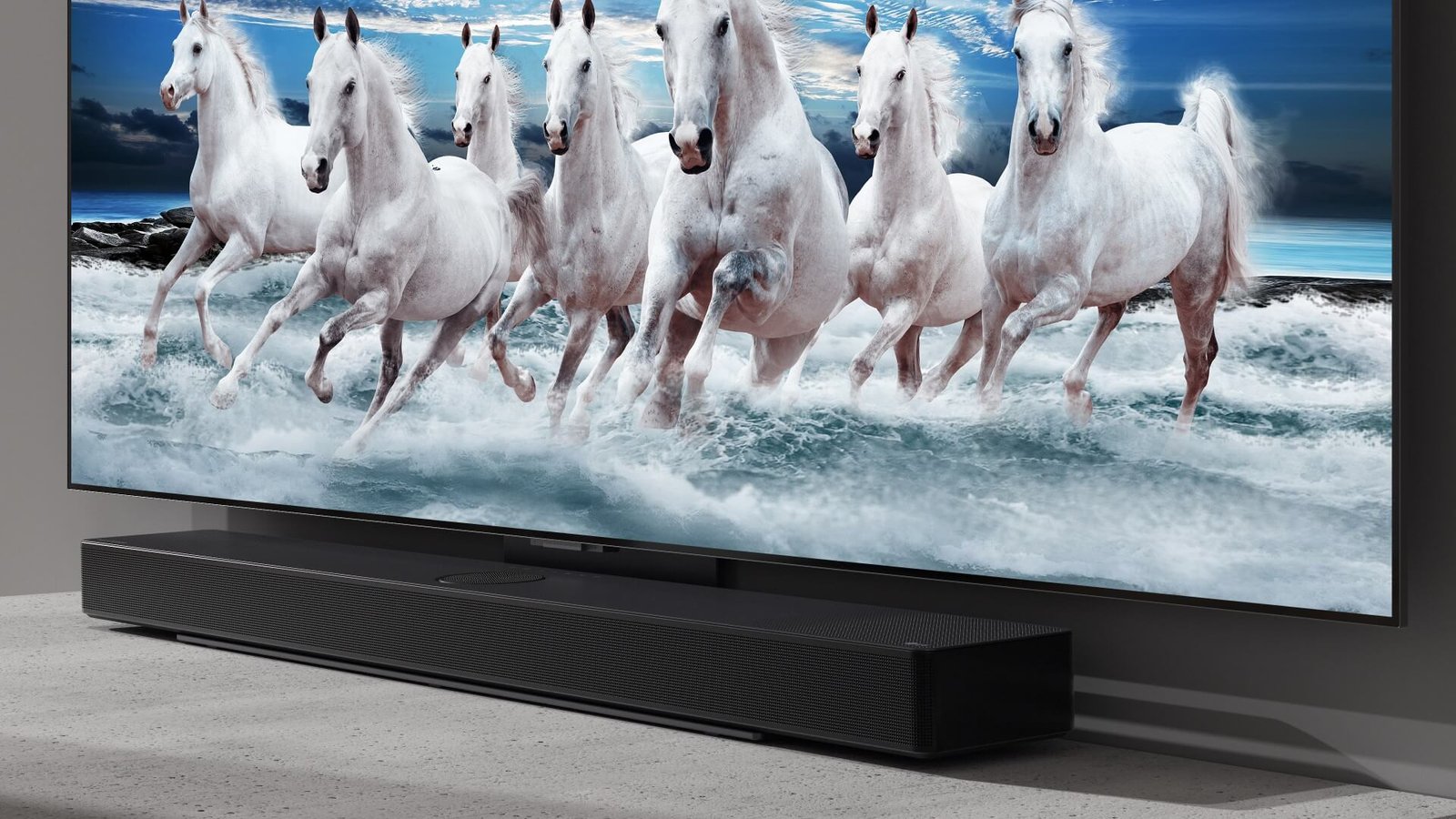A few days ago, Google started rolling out Android Oreo to devices. It’s been available as a public beta for some of the company’s more recent Pixel and Nexus devices since May. However, the final version is now likely headed to devices sooner rather than later.

The first devices that might possibly see the Oreo updates are the Google Pixel, Google Pixel XL, Nexus 5X and Nexus 6P. Some users have started seeing the update available for their phone. So, if you use one of those devices you can see if it’s available by going to the Settings menu, the About Phone, followed by System Updates, and Check for Update.
On some phones, you might see System Update under the Settings menu. If the update is available for your phone, this is where you’ll see it. If it’s available, you can opt to have it download now, or schedule when you’d like it to. While a lot of that can happen in the background, keep in mind you’ll need to restart your phone once the whole process is finished.
Many phone manufacturers have already committed to either supporting existing models or offering new phone models that support Oreo by the end of the year. Those include:
- Essential
- General Mobile
- HMD Global (Nokia)
- Huawei
- HTC
- Kyocera
- LG
- Motorola
- Samsung
- Sharp
- Sony
- Xiaomi
As for when those non-Google devices will get the update, this might take a while. When it comes to Android updates, an update has to get both carrier and manufacturer approval (because both tend to put their own software on devices). That process can take days, but it can also take weeks or months. Keep checking, by following the same instructions as listed above.








